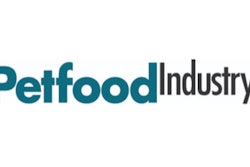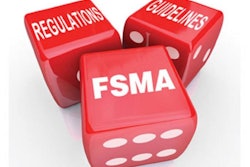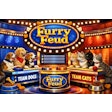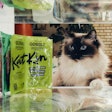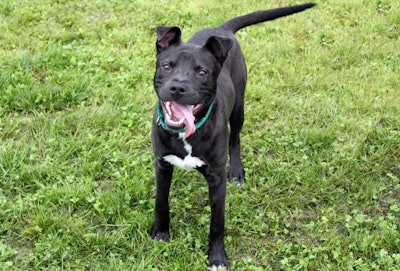
Dogs need copper in their diets, but too much can be harmful. A group of veterinary scientists believes a two-decade-long trend of increasing liver disease in dogs may be associated with copper in commercial dog foods. While not every dog has the same sensitivity to copper, the group suggested that a safe upper limit be established for copper in dog food to protect those dogs that are.
“The big problem is not that there is too much copper in these foods per se,” Joseph Wakshlag, DVM, PhD, told Petfood Industry. He and five others published a paper in the Journal of the American Veterinary Medical Association on the subject.
“If you made a diet without any copper, you would be deemed insufficient by the Association of American Feed Control Officials (AAFCO), so manufacturers use premixes that have additional copper. Since there is no safe upper limit established by AAFCO, then there is no control over how much a company puts in. In many cases, typical diets will be adequate without the additional copper, but companies want to cover any potential deficiency and end up putting more in than is necessary, and copper sensitive dogs are likely to have issues.”
Pet food ingredient premixes and consumer demands for animal products in dog food may have combined to create the potential overabundance of copper in dog foods, the group wrote. Trends like evolutionary, biologically-appropriate, whole-prey and similar diets led to increased use of organ meat, which can have higher copper concentrations than other parts.
“One of the popular things that folks should stay away from are liver treats if they are concerned about their dog being a copper sensitive dog for sure,” Wakshlag said.
Wakshlag called on AAFCO to set a safe upper limit on copper in dog foods.
“It would make the entire industry more aware,” he said.
Genetic component of copper sensitivity in dogs
Dogs’ sensitivity to copper has a genetic basis, according to Greg Aldrich, pet food program coordinator at Kansas State University, in his Petfood Industry column. The recessive trait was first identified in a Bedlington Terrier, but has since been identified in a range of breeds. These dogs may be unable to regulate copper absorption, utilization or excretion.


